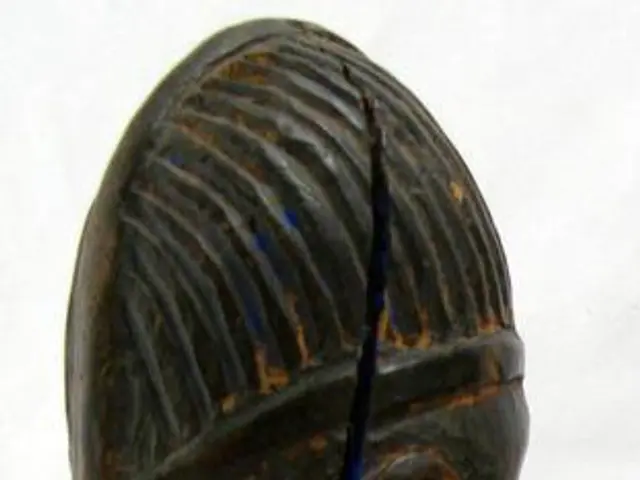Struggles with fertility in individuals with cystic fibrosis, affecting both males and females, and potential approaches for fertility treatment
Cystic fibrosis (CF) is a genetic disorder that affects many aspects of a person's health, including reproduction. With proper management and monitoring, many people with CF can carry a fetus without significantly affecting their long-term health. However, infertility is a common issue for individuals with CF, requiring close collaboration with healthcare professionals.
Male Fertility Issues in Cystic Fibrosis
Male fertility problems in CF primarily stem from congenital bilateral absence of the vas deferens (CBAVD), a condition where the tubes that normally carry sperm out of the testes are missing or blocked. This results in azoospermia (no sperm in semen) despite normally functioning testes that produce sperm.
However, it's important to note that men with CF are infertile but not sterile, as sperm can be retrieved directly from the testes for reproductive use. Assisted reproductive techniques (ART), such as testicular sperm extraction (TESE) and in vitro fertilization (IVF) or intracytoplasmic sperm injection (ICSI), can help achieve fertilization.
Female Fertility Issues in Cystic Fibrosis
In females with CF, fertility problems occur in about 20% of cases, mainly due to thickened cervical mucus, which impairs sperm passage, and in severe cases, malnutrition, which can disrupt ovulation and menstruation. However, most women with CF remain generally fertile.
Fertility Treatment Options for Individuals with Cystic Fibrosis
For males with CF experiencing fertility difficulties, ART is often the solution. This includes TESE to retrieve sperm directly from the testes, followed by IVF or ICSI to achieve fertilization. Genetic testing for CFTR mutations is recommended, especially to assess risk if the female partner is also a carrier, with the option of genetic counseling or embryo testing (preimplantation genetic testing, PGT).
For females with CF experiencing fertility challenges due to cervical mucus or ovulation issues, treatments may include addressing nutritional status to restore ovulatory cycles, fertility medications to stimulate ovulation, and ART if natural conception remains problematic.
Considerations for Pregnancy and Family Planning
Becoming pregnant could pose health risks for individuals with CF who have lung function issues or heart disease. Therefore, it's crucial for individuals with CF to consult a doctor if considering starting a family, experiencing fertility concerns, or have irregular or absent periods. Engaging in open communication with healthcare professionals can provide guidance, risk assessment, and necessary health optimizations before attempting conception.
If carrying a pregnancy is not possible or recommended, a person could consider using a gestational carrier or surrogate.
In summary, male CF fertility issues commonly stem from absent vas deferens leading to obstructive azoospermia, while female fertility issues are linked to thick cervical mucus and nutritional/ovulation problems. Both can often achieve biological parenthood through tailored ART combined with genetic counseling.
[1] American Lung Association. (2021). Cystic Fibrosis and Pregnancy. [online] Available at: https://www.lung.org/lung-health-diseases/lung-disease-lookup/cystic-fibrosis/living-with-cf/cystic-fibrosis-and-pregnancy
[2] Cystic Fibrosis Trust. (2021). Fertility and Cystic Fibrosis. [online] Available at: https://www.cysticfibrosis.org.uk/living-with-cystic-fibrosis/fertility/
[3] Mayo Clinic. (2021). Cystic fibrosis and pregnancy. [online] Available at: https://www.mayoclinic.org/diseases-conditions/cystic-fibrosis/in-depth/pregnancy/art-20045729
Read also:
- Understanding Prediabetes: A Precursory Condition to Diabetes
- Proposed modifications by the Ministry of Internal Affairs could impact car owners nationwide.
- City Transition to Pedestrian-Friendly Environment Increases Daily Steps by Over 1,000: Research Findings
- Aerial attacks by Israel result in the death of 11 individuals in Gaza, occurring concurrently with Hamas leader's trip to Cairo.







